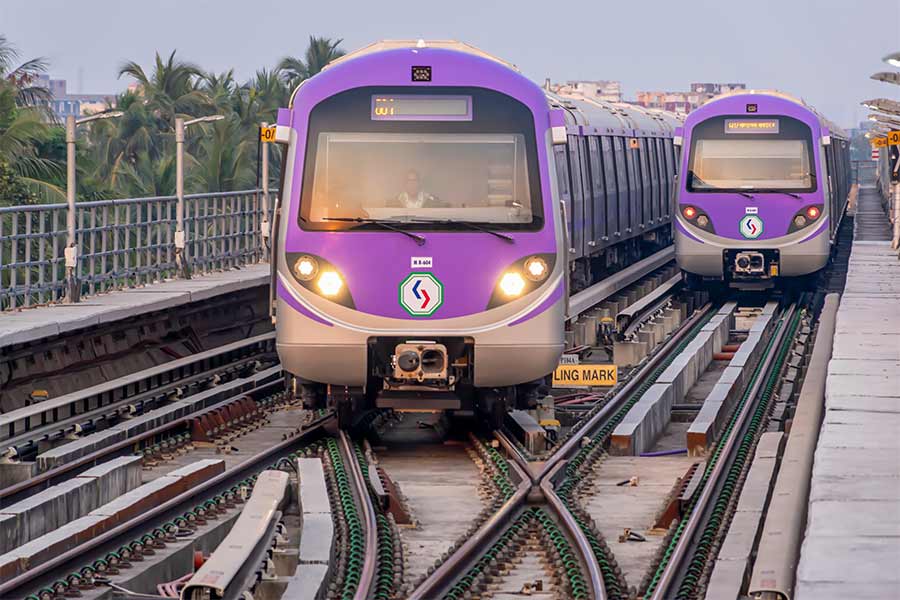Buoyed by a strong performance from Jio, Reliance Industries (RIL) on Friday beat Street estimates to post a 12.55 per cent growth in net profits for the December quarter of 2020.
The oil-to-telecom conglomerate recorded a net profit of Rs 13,101 crore compared with Rs 11,640 crore in the same period of the previous year. Analysts were expecting RIL to post profits in the region of Rs 11,000 crore.
Its performance was led by the digital services segment, even as the O2C division, which contributes almost 67 per cent to overall revenues saw a sequential 10 per cent growth in its topline to Rs 83,838 crore. But, on a year-on-year basis, there was a sharp drop from Rs 119,121 crore as the business is yet to fully revive from the impact of the Covid-19 pandemic.
However, the star of the show was Jio Platforms (Jio), which houses its digital services business. Jio saw its profits rising 15.5 per cent over the second quarter of 2020 to Rs 3,489 crore from Rs 3,020 crore, while revenue from operations rose 5.3 per cent to Rs 19,475 crore during the same period.
EBITDA margins were also higher by 50 basis points at 43.6 per cent. Average revenue per user (ARPU) during the quarter came as a pleasant surprised at Rs 151 per subscriber per month against Rs 145 per subscriber per month in the trailing quarter.
Analysts had expected Jio to post an ARPU of Rs 148 during the quarter.
RIL said total customer gross addition in the digital services division was robust at 25.1 million.
On the O2C business, the sequential revenue push came largely on account of higher volumes in transportation fuels, purified terephtalic acid and polyester supported by improved product realisation across polymers, fibre intermediates and polyester.
RIL said polymer margins were at a record high while margins for intermediates were sequentially better. It added that restraints on public transport and increased preference for personal vehicles improved demand for personal mobility fuels like gasoline and diesel.
However, the performance of its retail business disappointed with revenues falling almost 10 per cent on a sequential basis to Rs 33,018 crore from Rs 36,566 crore.











